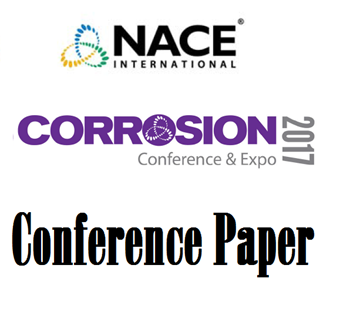Search
96022 Effect of Variables on Downhole Corrosion Inhibitor Application
Also Purchased
97344 Effect of Treatment Method on Corrosion Inhibitor Performance
Product Number:
51300-97344-SG
ISBN:
97344 1997 CP
$20.00
Guidelines for Corrosion Inhibitor Selection for Oil and Gas Production
Product Number:
51317--8842-SG
ISBN:
8842 2017 CP
Publication Date:
2017
$20.00
07693 High Performance Batch Treating Corrosion Inhibitor
Product Number:
51300-07693-SG
ISBN:
07693 2007 CP
Publication Date:
2007
$20.00




